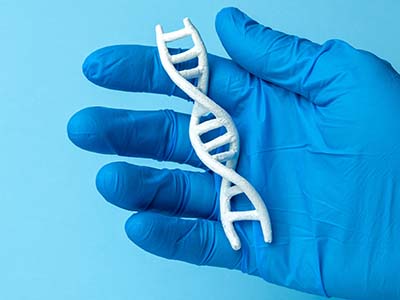Regenerative tissue is often viewed as being the next advancement in medicine. Regenerative tissue not only has the potential to replace damaged or defective tissues but could also improve their functions. Regenerative tissue, particularly from umbilical cord blood, is used to treat numerous blood-related diseases. There have been many studies on this type of regenerative medicine. Unfortunately, there are several ethical and scientific issues surrounding not only the usage of umbilical cord regenerative tissue but also embryonic and fetal regenerative tissue as well. We focus on the benefits of using regenerative tissue from the umbilical cord and amniotic fluid.

Umbilical Cord Regenerative Medicine Therapy
Location for Umbilical Cord Regenerative Medicine Therapy
Surprise, Arizona
According the Journal of Perinatal Education, Umbilical cord blood has more than 10 times the about of regenerative medicines compared to adult bone marrow. Cord blood, which was once thought of as a waste product, is being saved. Today, umbilical cord blood banks are extremely popular, and parents are using these types of places of save the umbilical cord blood so that their child can be able to use it in the future. Cord blood regenerative medicines are younger and more flexible compared to adult regenerative medicines and when they are preserved, this process keeps the cells from aging and being exposed to diseases that can disrupt their benefits.
PAIN FREE
Non-Surgical &
Non-Invasive
SAFE
No Increased Chance of
Stroke or Heart Attack
SUCCESSFULL
Patients Have Better
Functional Scores
BETTER
73% Patients Return to
Sports with Less Pain
How Does It Work?
The blood that remains in the human umbilical cord and placenta after birth provides doctors with an abundant source of hematopoietic progenitor cells (regenerative medicines), the cells that help make all other types of blood cells. Current research proves that blood from an umbilical cord can also be used as a source for regenerative medicines. Other potential sources of regenerative medicines include:
- Amniotic membrane: the innermost lining of the human placenta that is normally discarded after birth. According to the Journal of Cell Science and Therapy, amniotic regenerative medicines (ASCs) can develop into many different types of tissues such as skin, cartilage, cardiac, nerves, muscle, and bone.
- Placental cells: Tissue from the placenta contains abundant amount of mesenchymal regenerative medicines (MSC) and MSC-like cells. These cells are being studied to be able to help with conditions such as Crohn’s disease, type 1 and type 2 diabetes, heart failure, and diabetic foot ulcer. In the coming years, these regenerative medicines have the potential to treat untreatable diseases. (rephrase)
What Conditions Does PRP Therapy Help
There is a wide range of conditions that umbilical cord regenerative medicines can potentially help. At Arizona Regenerative Medicine Therapy Clinic by Align Medical in Surprise, we strive to provide our patients with the latest and most innovative treatments available. We utilize the power of regenerative medicine therapy to potentially help improve:
- Tissue injuries
- Bone injuries
- Arthritis
- Osteoarthritis
- Knee injuries
- Carpal tunnel
- Cystic fibrosis
- Meniscus tears
- Spinal Cord Injuries
- Multiple Sclerosis
- Liver Cirrhosis
